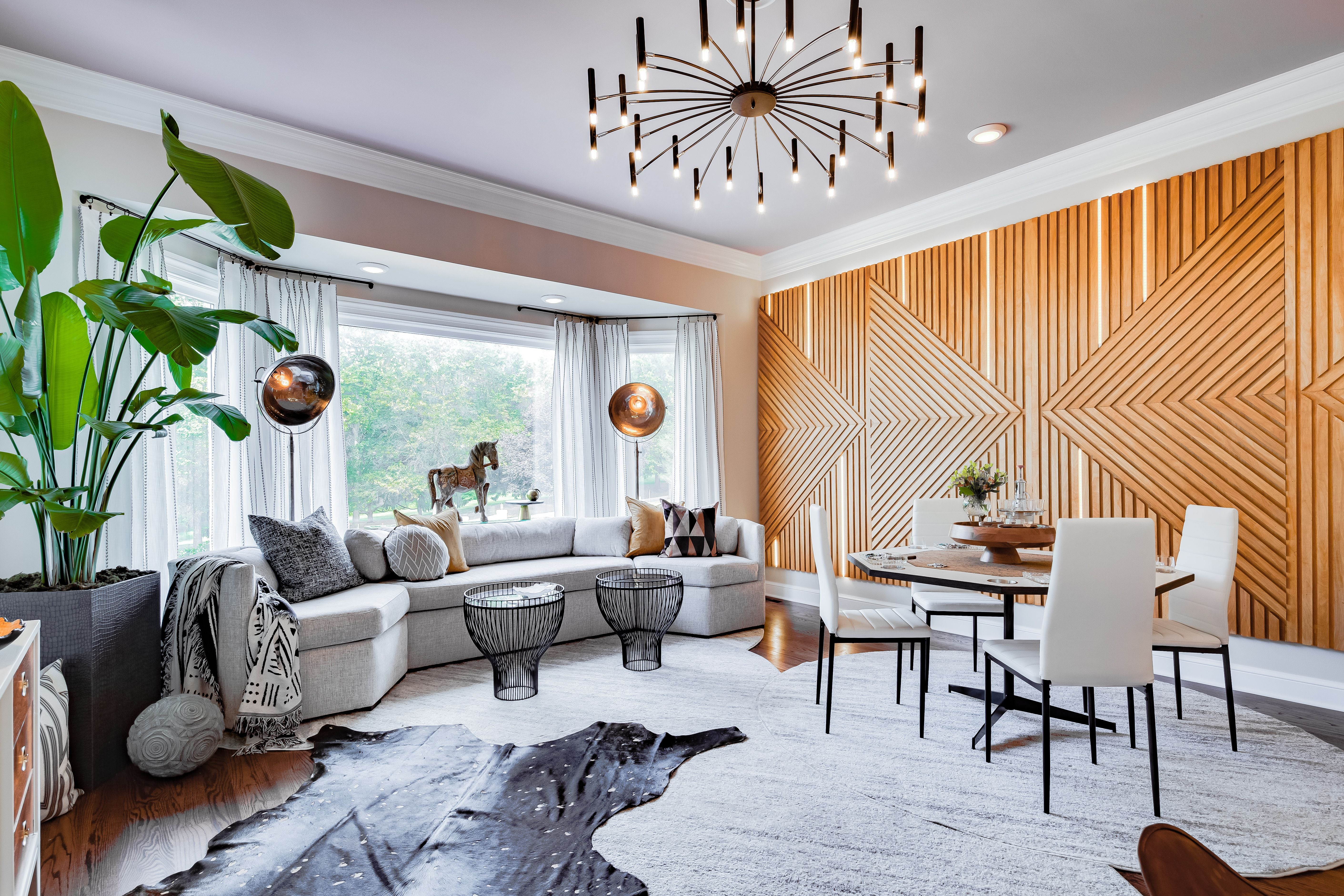We spoke to firms large and small to see how they tailor their procurement process to streamline logistics.
Team Size: 1
What you do yourself: The solo designer wears every hat there is. For Ridgewood, New Jersey–based Kerri Pilchik, the best way to manage all that ordering is by leaning on software to keep the details straight, from creating purchase orders to tracking a shipment’s status. Because it takes so much time to execute this phase, she bills a procurement fee in addition to her design fee. She’s also careful to limit the number of projects she takes on.

Ready to dig in?
This article is available exclusively for
BOH subscribers and BOH Insiders.
BOH subscribers and BOH Insiders.
Want full access?











































